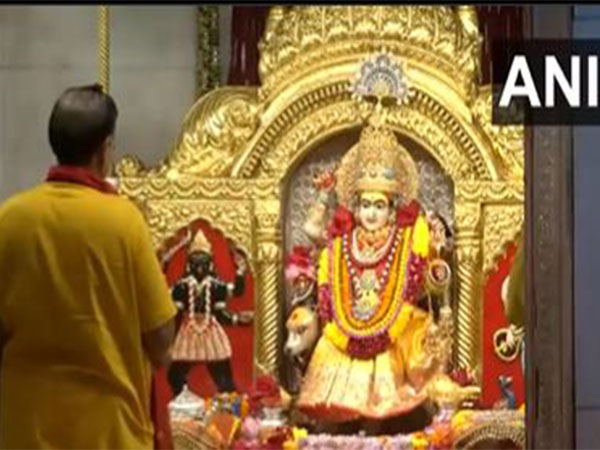Celebrating Navratri: Worship, Rituals, and Cultural Significance
The Shardiya Navratri festival, celebrated across India, honors Goddess Durga's nine incarnations. Devotees engage in fasts, rituals, and cultural performances like Ramlila. This festival represents spiritual devotion and cultural heritage, culminating with Vijayadashami, which symbolizes the triumph of good over evil.

- Country:
- India
The Shardiya Navratri festival saw vibrant celebrations at New Delhi's Jhandewala Devi Temple, as devotees performed the morning Aarti on the festival's eighth day. This day is dedicated to worshipping Maa Mahagauri, the eighth incarnation of Goddess Durga, a significant figure in Hindu mythology.
Navratri, meaning 'nine nights' in Sanskrit, is a period of fervent devotion during which followers honor the nine incarnations of Maa Durga. Practitioners adhere to ritualistic fasts, recite sacred shlokas, don new clothes, and perform various religious ceremonies. These practices reflect both spiritual reverence and cultural significance associated with the festival.
Observations of Navratri vary across India, with Chaitra and Shardiya Navratri being the most widely celebrated. In Northern regions, such as Uttar Pradesh, Uttarakhand, Bihar, and Madhya Pradesh, the drama of Ramlila, based on the Ramayana, is a traditional highlight. The festival culminates with Vijayadashami, where the effigies of King Ravana are burnt, symbolizing the victory of good over evil.
(With inputs from agencies.)










